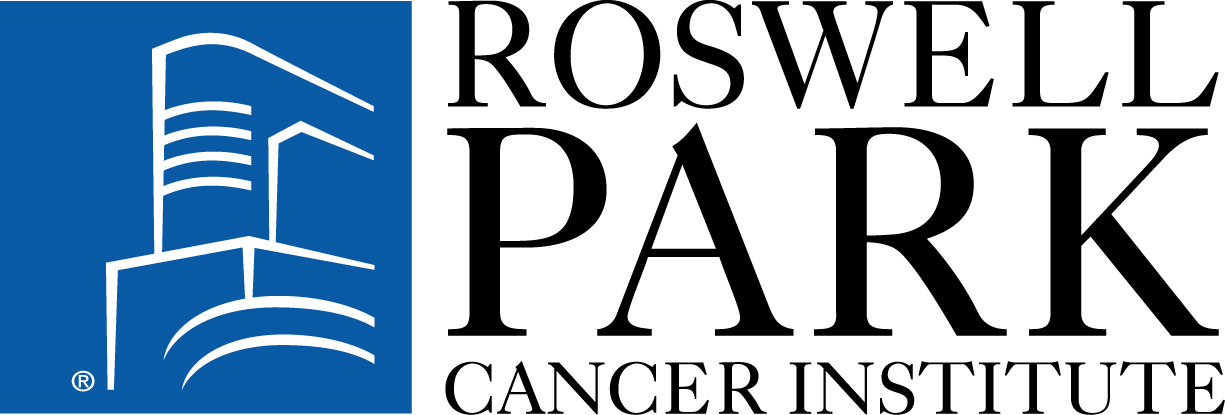Photodynamic Therapy Using HPPH in Treating Patients With Stage 0 Non-Small Cell Lung Cancer
| Status: | Recruiting |
|---|---|
| Conditions: | Lung Cancer, Cancer |
| Therapuetic Areas: | Oncology |
| Healthy: | No |
| Age Range: | 18 - Any |
| Updated: | 10/2/2013 |
| Start Date: | February 2004 |
A Phase I Study Light Dose for Photodynamic Therapy (PDT) Using 2-[1-hexyloxyethyl]-2 Devinyl Pyropheophorbide-a (HPPH) for Treatment of Non-Small Cell Carcinoma in Situ or Non-Small Cell Microinvasive Bronchogenic Carcinoma: A Dose Ranging Study
RATIONALE: Photodynamic therapy uses a drug, such as HPPH, that is absorbed by tumor cells.
The drug becomes active when it is exposed to a certain kind of light. When the drug is
active, tumor cells are killed.
PURPOSE: This phase I trial is studying the side effects and best dose of photodynamic
therapy using HPPH in treating patients with stage 0 non-small cell lung cancer.
OBJECTIVES:
Primary
- To determine the maximally tolerated light dose (MTID) in patients with bronchogenic
carcinoma in situ (CIS) or bronchogenic microinvasive carcinoma.
- To identify the systemic and normal tissue toxicity resulting from photodynamic therapy
using HPPH in these patients.
Secondary
- To study tumor response in these patients.
OUTLINE: Patients receive HPPH IV over 1 hour on day 1. Approximately 2 days later, patients
undergo photodynamic therapy (PDT) using laser light passed through the biopsy channel of an
endoscope. Patients undergo endoscopic debridement on day 5. If viable tumor is found
outside of the initial treatment area, patients may receive another dose of laser light
without additional HPPH at that time.
After completion of study treatment, patients are followed at 4-6 weeks, 6 months, and
periodically thereafter.
DISEASE CHARACTERISTICS:
- Biopsy confirmed carcinoma in situ (CIS) or microinvasive bronchogenic non-small cell
lung carcinoma
- May have squamous cell carcinoma, adenocarcinoma, or large cell carcinoma
histology
- Stage 0 (CIS or microinvasive) disease, meeting all of the following criteria:
- Lesion must be radiographically occult and not definable by conventional CT scan
of the chest
- Lesion may or may not be invisible on white light bronchoscopy, but is definable
and photographable on laser-induced fluorescence emission (LIFE) bronchoscopy
- Biopsy of the lesion must indicate no evidence of invasion beyond cartilage on
histopathology, but may be invasive through the basement membrane (microinvasive
carcinoma)
- No evidence of major pulmonary vessel encasement on CT scan of the chest
PATIENT CHARACTERISTICS:
- Karnofsky performance status (PS) 50-100% OR ECOG PS 0-2
- Platelet count ≥ 100,000/mm^3
- WBC ≥ 4,000/mm^3
- Prothrombin time ≤ 1.5 times upper limit of normal (ULN)
- Total bilirubin ≤ 3.0 mg/dL
- Creatinine ≤ 3.0 mg/dL
- Alkaline phosphatase (hepatic) or SGOT ≤ 3 times ULN
- No porphyria or hypersensitivity to porphyrin or porphyrin-like compounds
- No severe chronic obstructive pulmonary disease, that in the opinion of the
investigator, would preclude multiple bronchoscopies or partial central airway
obstruction from mucous/debris formation
- Patients with underlying lung disease must be judged (by the principal investigator)
able to withstand mucous or debris formation at the site of treatment
- No contraindications for bronchoscopy
- Not pregnant
- Negative pregnancy test
- Fertile patients must use effective contraception
PRIOR CONCURRENT THERAPY:
- More than 4 weeks since prior and no concurrent chemotherapy or radiotherapy
- Prior therapy of any type (e.g., chemotherapy or radiotherapy) allowed for lung
cancer
We found this trial at
1
site
Roswell Park Cancer Institute Welcome to Roswell Park Cancer Institute (RPCI), America's first cancer center...
Click here to add this to my saved trials
